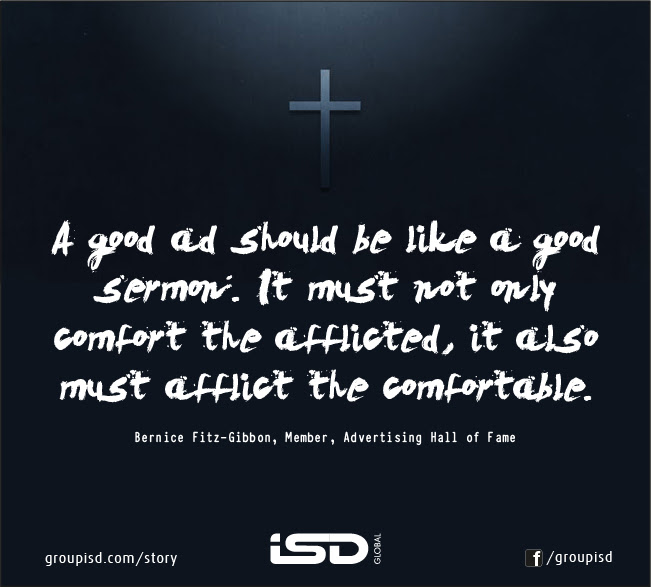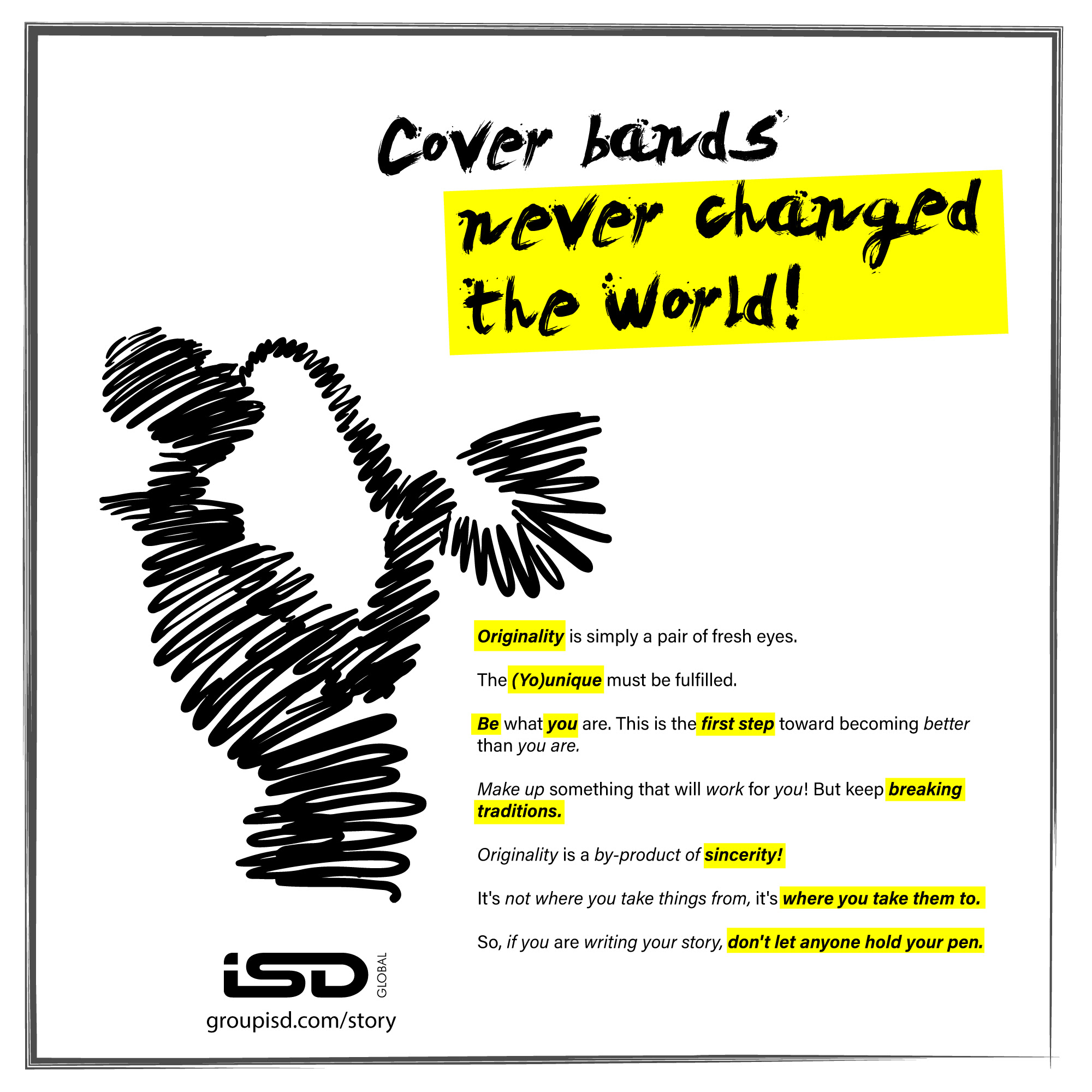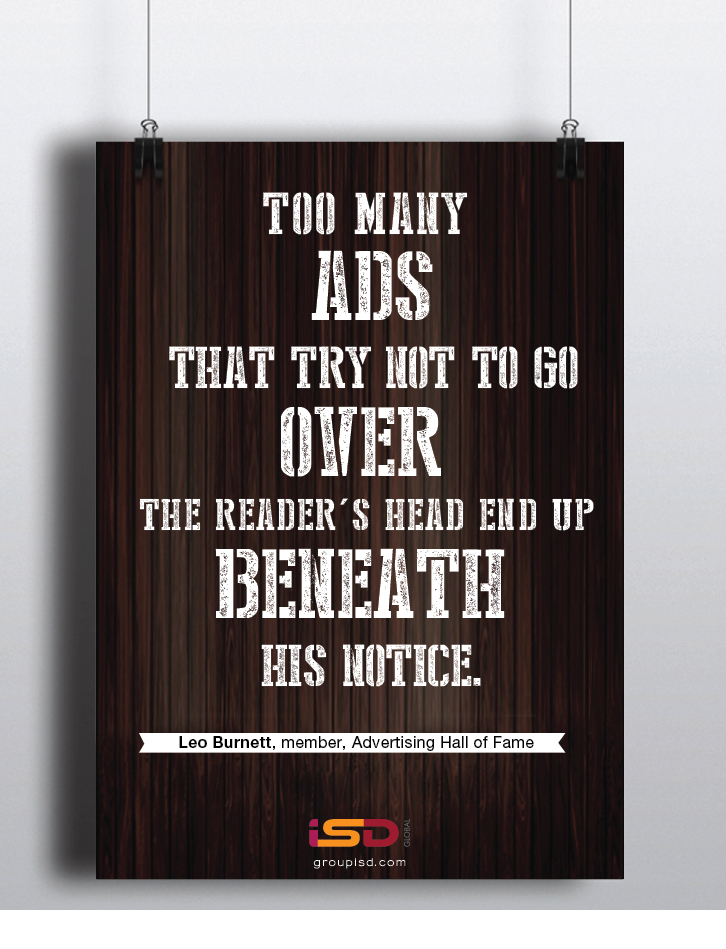Vignettes from A Day In Your Not-So-Future Life
As I walked into the bathroom, the body scanning sensors could tell I had a rough night. Sure enough, looking into the mirror, it displayed an ad for Panadol(extra strength) which was dynamically inserted as sponsor of my morning sports video highlights. In addition, a coupon offer from Nabo coffee was presented along with my daily agenda, which I dropped into my mobile watch.
My automated home system had already connected with my Google self drive and ordered me a car. Since I had earned over 1000 points last month based on my social sharing activity, I received an offer to try 3 breakfast items from a sponsor, Tim Hortons, with the caveat to ‘ please share your thoughts on the breakfast with your social network. I devoured the greasy delight while sitting in the backseat of my selfie-car while it drove into the city.
The ads that rose from the ether as I looked out of the windows were personalised and behaviorally driven with time and place considered.
When I selected quiet, contemplative music for the drive, I wasn’t surprised when the ‘ brought to you by ‘ included a yoga studio and a spa; both offering same week specials if booked within an hour and a voice link to testimonials from ” friends ” within my social network.
At the office I entered the Google collaboration holodeck with five others; we connected to the global team(another 12 members) and used voice, text, touch screen tech to share, move, grab, iterate on ideas, designs, models(which we 3D printed) for the proposed E Sports stadium for the Brisbane Olympic Games in 2032.
On the way home later I received several invitations to stop or order dinner for home delivery, al, based on known preferences, what I ate yesterday, my bio read for today, with ratings from within my social sphere.I decided on delivery(noodles) and decided, once home, I needed a good laugh, so asked my virtual video concierge for all Academy Award winning comedies of the past decade, along with ratings my friends had given and also asked to see if anyone wanted to co view and connect this evening.
While watching the comedy film, I was on Twitter and received sponsored Twitter amplified comedy shorts; both were outtakes from the movie I was watching and ” best of ” clips from the actor’s other work.
I ended the day in bed with my e-book reading a few pages to me, along with sharing tomorrow’s weather(brought to you by Carrier) and any key meetings on my agenda( a reminder from Timex).
Bruce Neve, Former CEO, StarcomMediavest Group
What we find compelling about this above extract from Bruce(projected in 2013) is that the vast majority of what he describes is not only possible today, but is being practiced, tested and evaluated for new levels of effectiveness related to traditional approaches by marketers across categories.
Going Back In Time
Now the serpent was more crafty than any other beast of the field that the Lord God had made. He said to the woman, “Did God actually say, ‘You shall not eat of any tree in the garden’?” And the woman said to the serpent, “We may eat of the fruit of the trees in the garden, but God said, ‘You shall not eat of the fruit of the tree that is in the midst of the garden, neither shall you touch it, lest you die.’” But the serpent said to the woman, “You will not surely die. For God knows that when you eat of it your eyes will be opened, and you will be like God, knowing good and evil.”
—Holy Bible, English Standard Version, Genesis 3:1–5
If we assumed this biblical account were literally and historically accurate, we might argue that the serpent was the first advertiser, and this was the very first instance of deceptive advertising. Setting aside that some people would challenge this description’s historical accuracy, others likely would argue that it isn’t advertising—it’s direct selling! Or perhaps it’s public relations. Does that really make a difference? Of course, if the serpent was the first adman, that makes all of us in the industry a professional descendant of the serpent.
If we are to look at the future of something, then it is important to correspondingly understand its historical, cultural and anthropological origins. Therein lies some telltale signs and the crystal ball.
Without a doubt, we’re going to witness(or already witnessing) a shift from obsessing over what advertising looks like, to what advertising feels like. As we call it at ISD Global – Unique Feelings Proposition(UFP) is far more significant than the by now passe Unique Selling Proposition(USP).
The hyper-personalization of advertising will indeed further empower the consumer but it may also save advertising from its oft predicted doom.
In order to develop a future for advertising brands, there could come into existence a Need Bar. The Need Bar would be personalised for every consumer, so as to give her the ability to look for anything she needs at any time.This would result in a brand not only being present in the life of a consumer, but also catering to her every need, from any brand. Inevitably, the future of advertising will incorporate more consumer knowledge derived from the hard sciences such as biology, chemistry and physics, to complement that acquired from the softer sciences of psychology and sociology.
The needle is moving. Most advertisers in the very near future(if not already) would have completed their natural evolution from adjacency(stand next to the stuff people want!) to interruption( stand in the way of the stuff people want!) to content marketing (be the stuff that people want!). Enter a new era where brands that do business using a Consumer Era ” marketing as manipulation ” mindset will become irrelevant and superseded by companies that demonstrate a Relationship Era mindset. And, as forces at play lead the Relationship Era to the tipping point of wide acceptance, I believe that marketers will not be known as the scoundrels who spin but rather people with the greatest expertise in crafting authentic relationships– and adding most value to their brands and businesses.
What if?
– What if marketers and brands saw their marketing and advertising as an investment and a value creation engine rather than as an expense to be squeezed?
– What if the brands were seen as bringing in not only advertising dollars but also valued content to the media properties and channels they use?
– What if the creative, analytic and strategic genius that lies within the sum total of the world’s media, advertising, digital, creative etc agencies, research firms, ad tech companies, sponsorship, brand placement, – and all other players who ‘ feed off advertising ‘- were given a more inspired brief? Increase sales and leave the world a better place. Come in on budget and be proud to tell your family about what you helped create. Help us, all of us, be in thought, word and deed, create something truly exceptional!
– What if the community were to be expanded to all those whose actions imparted the brand and how it actually came to life for its audience? Not only the traditional stakeholders, but also others who could potentially describe the broader value of the brand and the brand experience in even more creative and impactful ways.
– What if all the ways that brands were brought to life with their potential and current customers were thought of holistically, and resources were allocated accordingly?
– What if every bit of the US$ 780 billion plus paid, earned and owned advertising expenditure around the globe not only resulted in sales and profit, but also resulted in net positive impact on society and culture? What if, in addition, it made a positive impact on the lives of those who were involved in it and influenced| inspired by it?
WHY NOT?
As Albert Einstein famously asserted ” Without changing our pattern of thought, we will not be able to solve the problems we created with our current patterns of thought “.
Amid all the changes, “the fundamental things apply as time goes by,” to quote the famous song from the classic movie Casablanca. A kiss is still a kiss, a sigh is still a sigh, and human nature doesn’t change over time. Our obsessive drives to survive, to succeed, to belong and to be loved, to take care of our own—those passions have been heightened by the pandemic, and advertisers and their agencies who are sensitive to those basic needs will create brands to meet them, an act that will always require advertising.
Creativity will remain the most powerful force in business, and instead of changing campaigns with every change of a CMO, advertisers will rediscover the importance of consistently projecting a clear sense of purpose and doing so with a distinctive brand voice. Along the way, we’ll learn the difference between an algorithm and a true insight into human nature and the important difference between big data and a big idea.
Advertising has been both cause and consequence of social change.Never was it more obvious than since the start of the twentieth century. That, of course, is both a positive and a negative. It is a powerful tool of change, and like any tool, it can be misused. And at times it has been.I have no doubt that advertising will rise to meet that challenge.
ENDS



